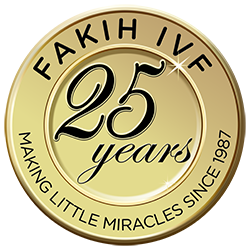Guide to Early Breast Cancer Detection
Thursday, October 27, 2016
WHY IS THIS IMPORTANT?
One in eight women are diagnosed with breast cancer in her lifetime. However, with early detection and treatment, you can greatly improve your chance of survival. We have created this resource to empower you with the tools and information you need to take charge of your health.
YOUR BREAST HEALTH PLAN!!!
RECOMMENDED HEALTHY HABITS LEADING TO A HEALTHY LIFESTYLE protects your overall health and may help reduce your risk for cancers.
• Eat five servings or more of fruits and vegetables each day.
• Get regular physical activity.
• Maintain a healthy weight.
• Limit alcohol intake to no more than one drink per day.
• Do not smoke, or quit smoking.
3 STEPS TO EARLY DETECTION
Early detection means finding the cancer before it spreads to other parts of the body. Although breast cancer cannot be completely prevented, early detection provides the greatest possibility of successful treatment. By following these three steps, you will help increase your chance of detecting cancer early.
1. BREAST SELF-AWARENESS Breast self-awareness can help you become familiar with how your breasts normally look and feel. If you find a lump, schedule an appointment for a checkup, but don’t panic – 8 out of 10 lumps are not cancerous. Changes to look for include: • A lump or thickening in or near the breast or in the underarm area • A change in the size or shape • Dimpling or puckering in the skin • A nipple turned inward • Discharge (fluid) from the nipple • Scaly, red, or swollen skin on the breast, nipple, or areola (the dark area of skin at the center of the breast). If you have any of these it’s time to visit a doctor.
2. WELL-WOMAN EXAM It is recommended that women visit a gynecologist each year for an annual Well-Woman Exam. In addition to a routine pelvic exam and Pap smear, you also require a brief breast exam to check for abnormalities.
3. MAMMOGRAM In its early stages, breast cancer doesn’t usually cause symptoms. We recommend that women ages 40 and older get a mammogram every year. A mammogram is an X-ray of the breast. Mammograms can detect cancer or other problems before a lump becomes large enough to be detectable to the touch. They provide an effective way to find breast cancer in its early stages when treatment is usually the most successful. Mammograms are considered safe, quick, and relatively painless.
CREATING YOUR PLAN
Women can be diagnosed with breast cancer at any age. When breast cancer is detected early (localized stage), the 5-year relative survival rate is almost 100%. This is why it is so important for you to schedule regular exams.
EXAM AGE FREQUENCY
Breast Self-Awareness 18+ Regularly/Monthly
Well-Woman Exam 21+ Yearly
Mammogram 40+ Yearly
ASSESSING YOUR PERSONAL RISK
A risk factor is a characteristic that increases the likelihood of developing cancer. If you answer “yes” to any of these questions, it may be time to talk to your doctor about getting a mammogram earlier than 40 years
• I have been previously diagnosed with breast cancer or ovarian cancer: Yes/ No
• My mother, sister, and/or daughter has been diagnosed with breast cancer: Yes/ No
• I have tested positive for a gene mutation that is associated with higher risk of breast cancer (i.e. BRCA1 or BRCA2): Yes/ No
You should always consult with your doctor to create a screening schedule that is most appropriate for you. Women with a first-degree relative who has been diagnosed with breast cancer (parent, sibling, and child) may need to begin mammography earlier and have more frequent examinations. The Well-Woman Exam is a great opportunity for you to discuss any questions or concerns you have regarding your breast health and help you to determine the most appropriate frequency for your early detection steps.
So, get started. STAY HEALTHY STAY HAPPY.
 By Dr Tejashree Singh,
By Dr Tejashree Singh,
Specialist OB/GYN









